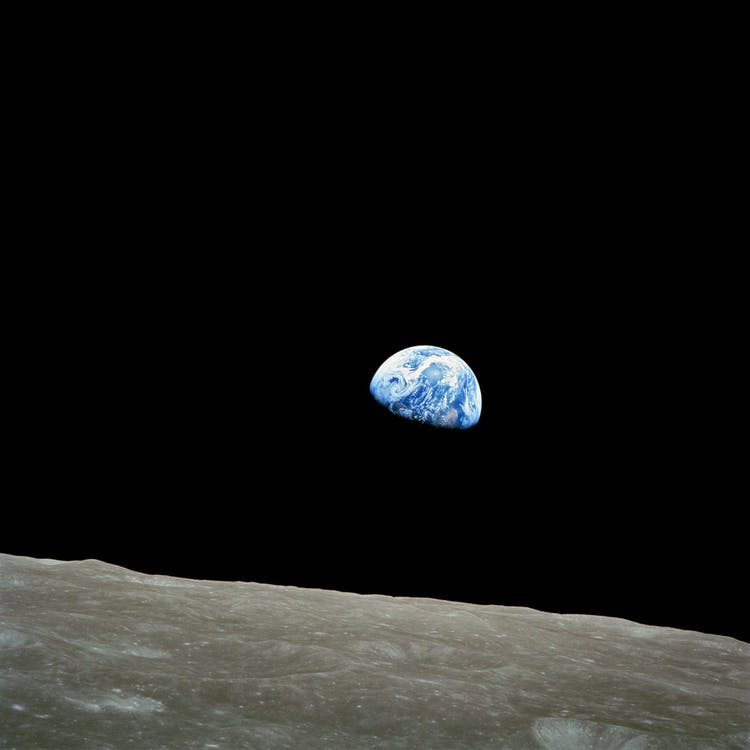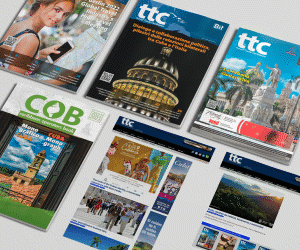By Frank Martin
In the early space tourism launched by the United States and other countries there is a coincidence: It is a millionaire company project not only because of distances to be traveled but also because of the seat price.
Such millionaire proportions somewhat hide something fundamental: Are these pleasure trips really safe?
All possible answers are now put to the test, as these voyages already begin for the time being with a trajectory of stone thrown towards the sky.
They go and back in no time.
The human being is stubborn in the face of the unknown, even if he is a simple civilian and, moreover, knows all about professional cosmonauts and astronauts supported by science and the budgets of large nations.
Nevertheless for a civilian first things first: Do you have enough money?
Before launching into other analyses, an aspiring space tourist will first have to check his bank account. And it is not an exaggeration to say that many, the vast majority, will stay on the ground if they are not famous enough to be invited.
Reality does not change that this magical form of leisure is for recreational purposes in most cases.
It has already been divided into several types, which are orbital, suborbital and lunar space tourism.
But Is space tourism safe?
This is what a group of specialists analyzed virtually last May the 8th “in order to prepare future generations.” That web session discussed current challenges and the current situation in global travel and tourism.
The basis for such preparations is that space tourism is simple to explain and very atractive. Space tourists book their tickets if there are sufficient funds in spacecraft to give them the opportunity to experience space for themselves, on trips of varying lengths.
In suborbital spacecraft, for example, a space tourist might only have a few minutes in space with enough time to experience weightlessness and get a taste of space.
Other space tourists have booked tickets on orbital flights almost since the turn of the current century, to travel into space for hours or days at a time. And they are still waiting.
Any way, security is basic for this modality. It is not worth dying trying to have an experience that can never be narrated to other earthlings.
It should be noted, however, that space tourism is certainly a status symbol, as people will have to pay huge sums of money even for short suborbital flights,
Some random examples from the net:
Space X,- It is believed that the company of billionaire Elon Musk has the most expensive prices. A round trip to the International Space Station in the Dragon could cost $55 million.
Virgin Galactic.- The company revealed that space travel will be priced between 450,000 and 600,000 dollars. It is known that the most expensive will be destined for passengers who want to dedicate themselves to research.
Blue Origin.- The company of the owner of Amazon, Jeff Bezzos, sold a seat for an exploration in space for 28 million dollars at auction, the only information that is known about that company.
One would have to imagine the price of an insurance policy for a civilian-astronaut.
However, that issue is more “open” than the personal safety of a space traveler.
A glance at history will suffice to know that there are risks.
Fatal catastrophes prove it and will never be forgotten like the ill-fated Apollo 13 in 1970 to the Columbia explosion in 2003.
You don’t have to be a specialist to know that the risks are numerous. It will still take decades, or perhaps a century (Who knows?) for a space tourism trip to be equal in safety to a trip around the world through the most turbulent seas in the world, including the Arctic.
Also in high prices.

MORE NEWS











